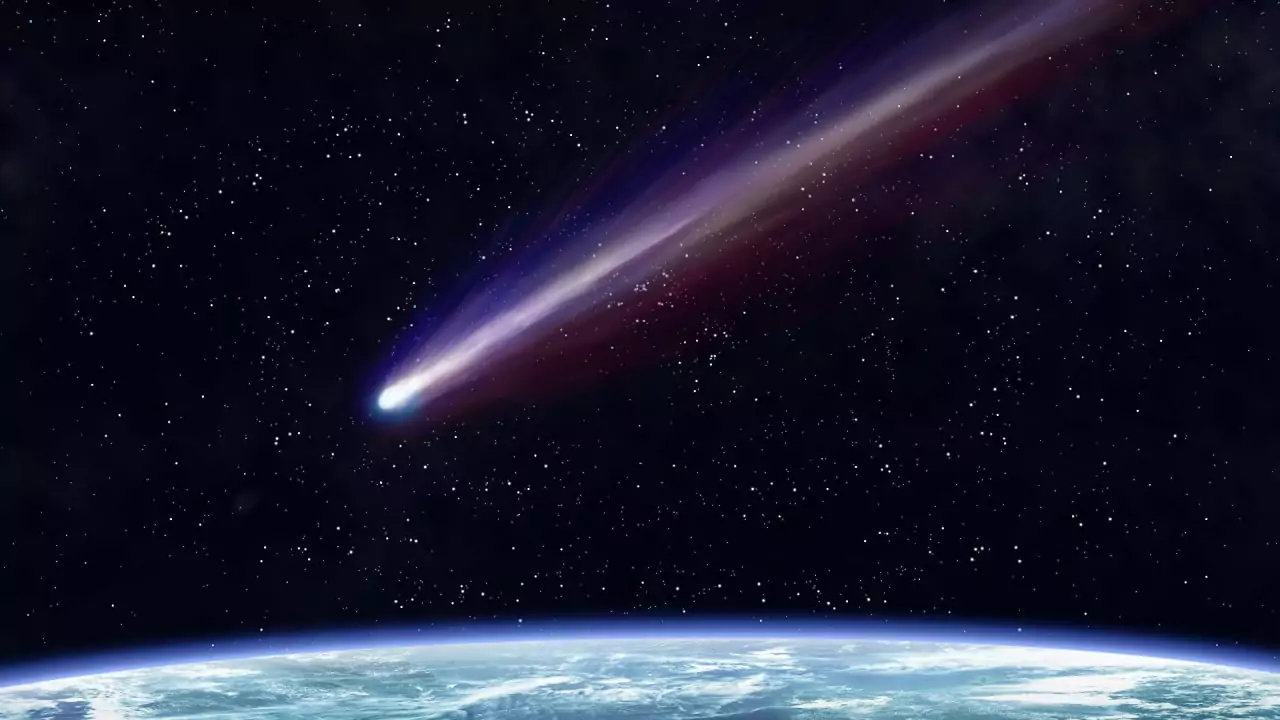In early 2016, an «ice guest» from the outer Solar system passed by Earth. It was briefly observed in the sky as comet Catalina, after which it flew past the Sun to leave the Solar System forever. Using infrared instruments, the SOFIA Observatory was able to capture a characteristic spectral feature of carbon atoms inside the dust-rich luminous tail of the comet. Now this «one-time visitor» to the inner Solar system is helping astronomers explain the origin of life on Earth, because its study has shown that comets like Comet Catalina could be an important source of carbon, and then life on planets such as Earth or Mars, in the early years of the formation of the Solar System.
Although carbon is the basis of the carbon skeletons of biological molecules of all life forms, however, the early Earth and other terrestrial planets of the Solar System were too hot during the formation period, so elements such as carbon were eventually lost by them into space.
«Carbon is the key to understanding the origin of life, we are not sure that the Earth itself could capture the necessary amount of carbon during formation, so carbon—rich comets could be an important source of this element required for the formation of life» — the main author of the study, Charles Woodward.
